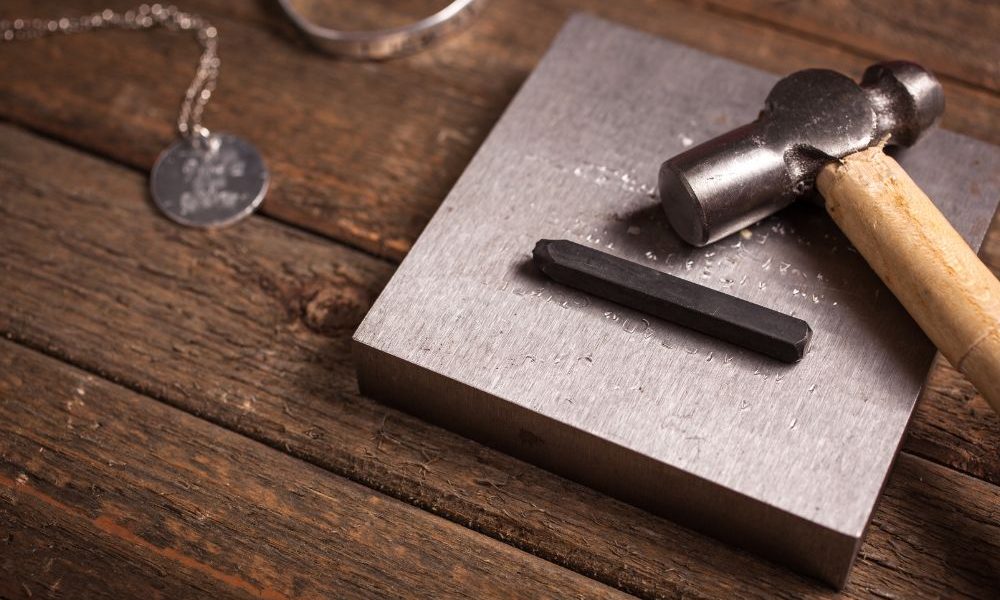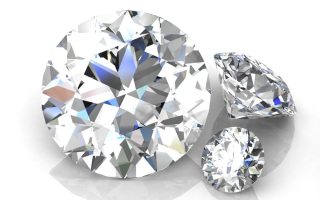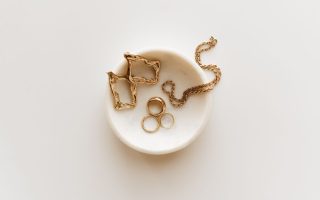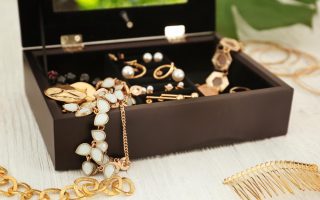When it comes to jewelry, the choice of metal is just as important as the design. The metal not only determines the piece’s durability and look but also its symbolic meaning and value. Whether you’re buying a gift, investing in a timeless piece, or simply treating yourself, understanding the different types of jewelry metals can help you make an informed decision. In this guide, we’ll explore the most popular jewelry metals, including gold, platinum, and silver, and share some personal insights to help you choose the right one for your needs.
Gold: The Timeless Classic
Why Choose Gold?
Gold has been cherished for centuries for its warm tones and lasting beauty. Benjamin Guttery, President of the American Gem Society, says, “Gold’s warm tones have been cherished for centuries, symbolizing wealth and prosperity. Its malleability allows for intricate designs, while its durability ensures that jewelry pieces can be passed down through generations” (American Gem Society). Gold’s rich history and enduring appeal make it a favorite choice for all types of jewelry.
Types of Gold
- Yellow Gold: This is the purest form of gold used in jewelry. Its natural color is bright and warm. Yellow gold is often alloyed with metals like copper and zinc to increase its strength and durability.
- White Gold: White gold is created by alloying gold with white metals like palladium or nickel and is often plated with rhodium to enhance its white appearance. It has a modern, sophisticated look.
- Rose Gold: Rose gold gets its pinkish hue from a higher percentage of copper in the alloy. It’s a romantic and trendy choice that complements all skin tones.
My Experience with Gold Jewelry
I’ve always had a soft spot for gold jewelry. My grandmother passed down a beautiful gold necklace to me, and it’s become one of my most treasured pieces. The necklace’s intricate design showcases gold’s malleability and craftsmanship, and it still looks stunning after decades. Every time I wear it, I feel connected to my family’s history and heritage.
Platinum: The Pinnacle of Luxury
Why Choose Platinum?
Platinum is often regarded as the ultimate symbol of luxury and enduring love. According to Sally Morrison, Editor-in-Chief of The Jewelry Editor, “Platinum is the ultimate symbol of luxury and enduring love. Its natural white sheen never fades, and its density makes it incredibly resistant to wear and tear, making it the perfect choice for heirloom pieces” (The Jewelry Editor). Platinum’s durability and purity make it an excellent choice for engagement rings and other fine jewelry.
Benefits of Platinum
- Durability: Platinum is incredibly strong and resistant to wear. It doesn’t tarnish or lose its color over time, making it perfect for everyday wear.
- Hypoallergenic: Platinum is a hypoallergenic metal, making it ideal for people with sensitive skin or allergies to other metals.
- Rarity and Value: Platinum is rarer than gold, adding to its value and prestige. Its weight and density also give it a luxurious feel.
Personal Anecdote
My engagement ring is made of platinum, and I chose it for its durability and timeless beauty. Despite wearing it every day, it still looks as pristine as the day I received it. Knowing that it will stand the test of time and can be passed down to future generations makes it even more special.
Silver: The Versatile Beauty
Why Choose Silver?
Silver has been a popular choice for jewelry for centuries due to its cool, lustrous beauty and affordability. Victoria Gomelsky, Editor of Jewellery & Watches at The New York Times, states, “Silver, with its cool, lustrous beauty, has been a popular choice for jewelry for centuries. It’s a versatile metal that can be crafted into both delicate and bold designs, and its affordability makes it accessible to a wide range of consumers” (The New York Times). Silver’s versatility and modern appeal make it suitable for all types of jewelry.
Types of Silver
- Sterling Silver: Sterling silver is the most common type of silver used in jewelry. It contains 92.5% silver and 7.5% other metals, usually copper, to increase its strength.
- Fine Silver: Fine silver is 99.9% pure silver. It’s softer and less durable than sterling silver, making it better suited for pieces that aren’t worn daily.
My Experience with Silver Jewelry
I love silver jewelry for its versatility and affordability. I have a collection of silver bracelets that I mix and match with different outfits. One of my favorite pieces is a simple sterling silver bangle that I found at a local artisan market. Its minimalist design makes it easy to wear with anything, and it adds a touch of elegance to my everyday look.
Comparing the Metals
Durability and Wear Resistance
A study published in the Journal of Materials Science and Engineering compared the durability and wear resistance of gold, platinum, and silver jewelry. The findings revealed that platinum exhibits the highest durability and resistance to scratching and tarnishing, followed by gold and then silver. This information is crucial when choosing jewelry that will be worn frequently or for special occasions (Journal of Materials Science and Engineering).
Symbolic Meanings and Cultural Associations
The Journal of Retailing and Consumer Services published a study exploring the symbolic meanings and cultural associations of different jewelry metals. The findings suggest that gold is often associated with luxury, tradition, and investment. Platinum is viewed as a symbol of prestige and enduring love, while silver is appreciated for its affordability, versatility, and modern aesthetic (Journal of Retailing and Consumer Services).
Tips for Choosing the Right Metal
- Consider Your Lifestyle: If you lead an active lifestyle, you may want to choose a metal that is durable and resistant to wear, such as platinum or gold. For everyday wear, silver can be a great, affordable option.
- Think About Skin Sensitivity: If you have sensitive skin or allergies, opt for hypoallergenic metals like platinum or sterling silver.
- Match Your Style: Choose a metal that complements your personal style and wardrobe. Gold offers a classic, warm look, while silver provides a cool, modern aesthetic. Platinum is perfect for a luxurious, timeless appeal.
- Budget: Consider your budget when choosing a metal. Silver is the most affordable option, while platinum tends to be the most expensive. Gold offers a range of prices depending on its karat and alloy.
Conclusion
Choosing the right metal for your jewelry is a personal decision that depends on your lifestyle, style preferences, and budget. Whether you opt for the timeless elegance of gold, the luxurious durability of platinum, or the versatile beauty of silver, each metal has its own unique charm and benefits. As Benjamin Guttery from the American Gem Society says, “Gold’s warm tones have been cherished for centuries, symbolizing wealth and prosperity. Its malleability allows for intricate designs, while its durability ensures that jewelry pieces can be passed down through generations” (American Gem Society).
Remember to consider your specific needs and preferences when selecting a metal, and don’t be afraid to mix and match to create a jewelry collection that is uniquely yours. With the right care and attention, your jewelry can become treasured heirlooms that bring joy and beauty for generations to come.




